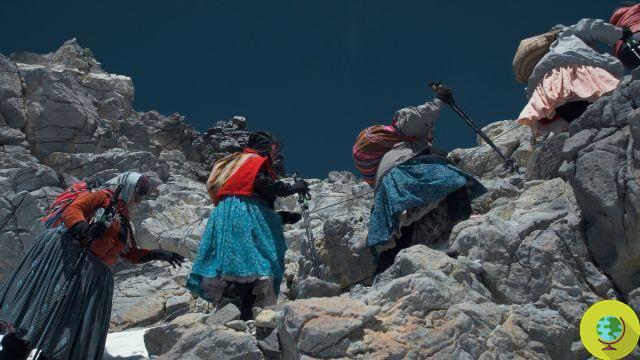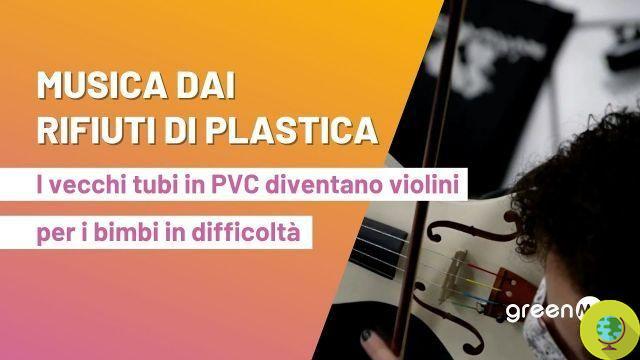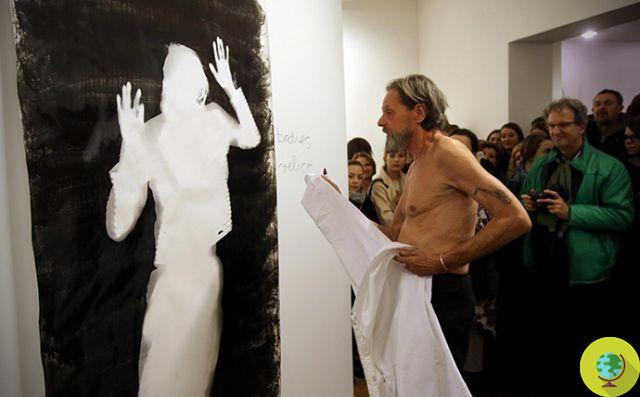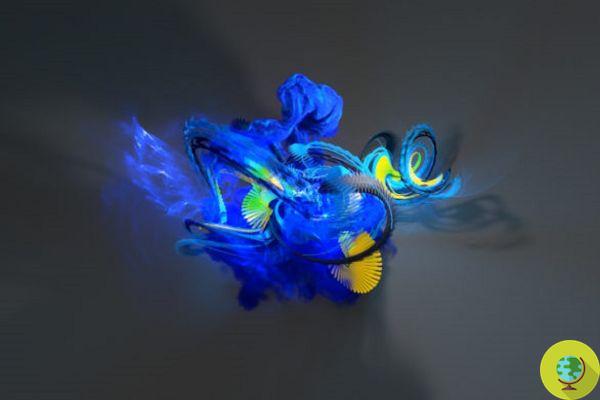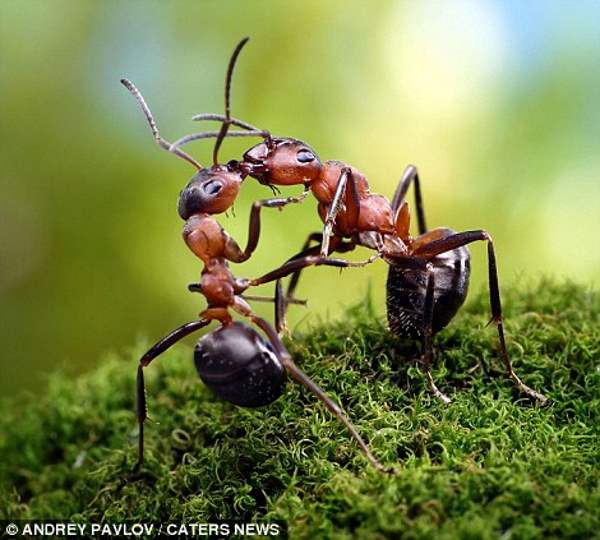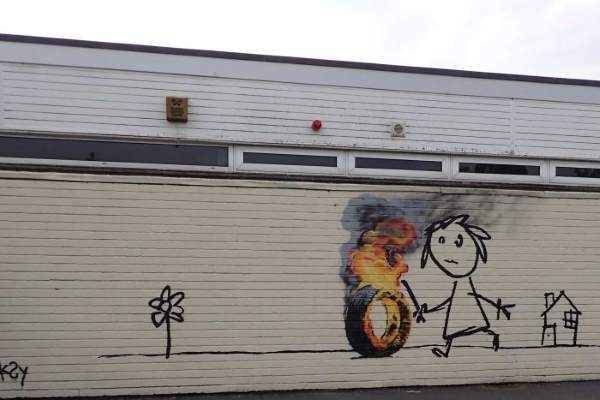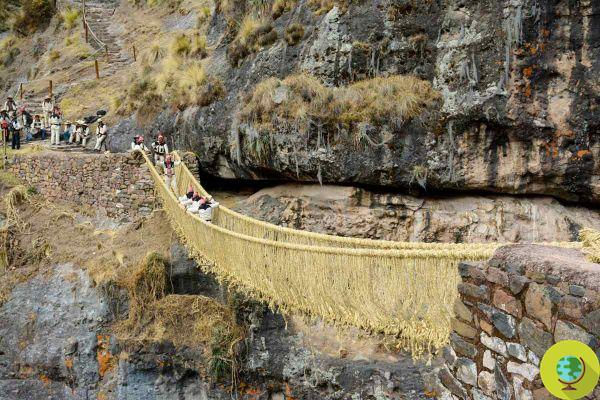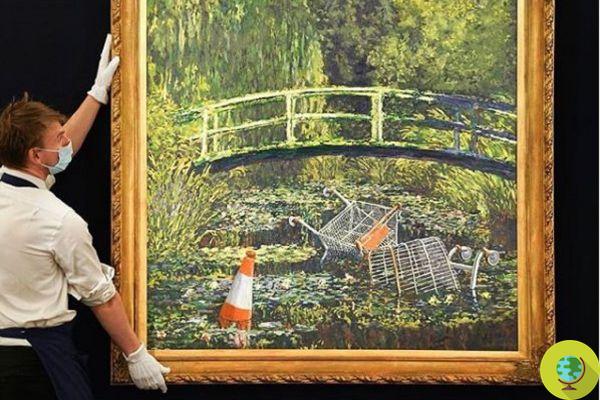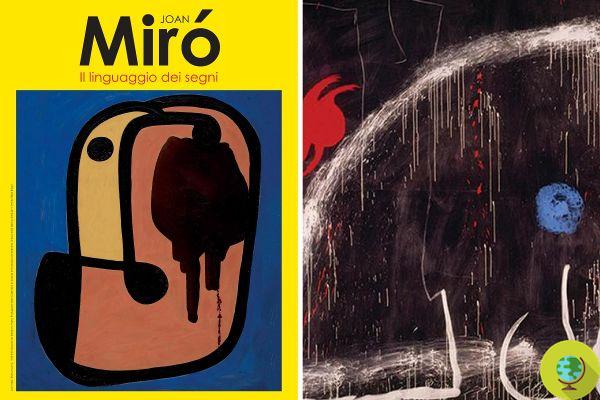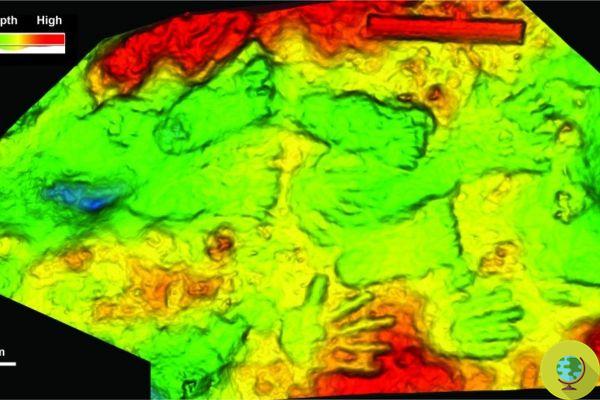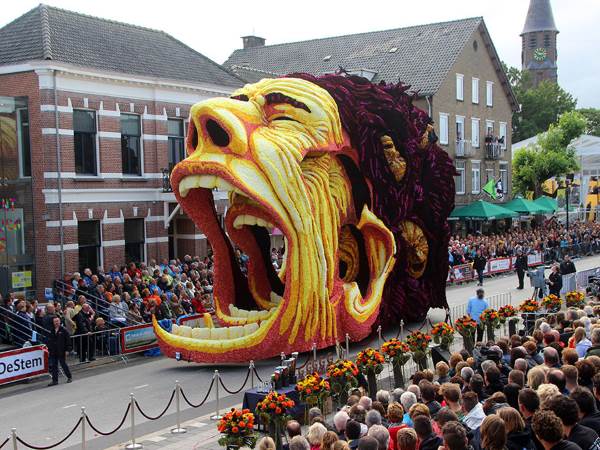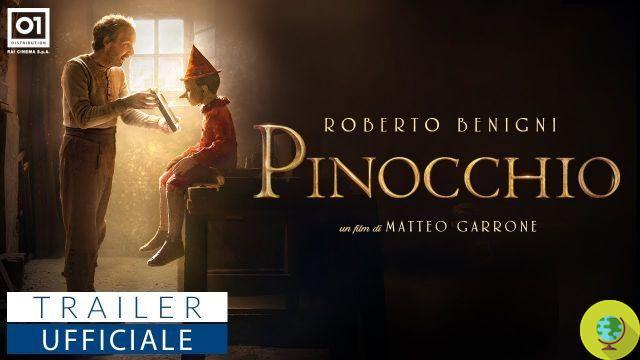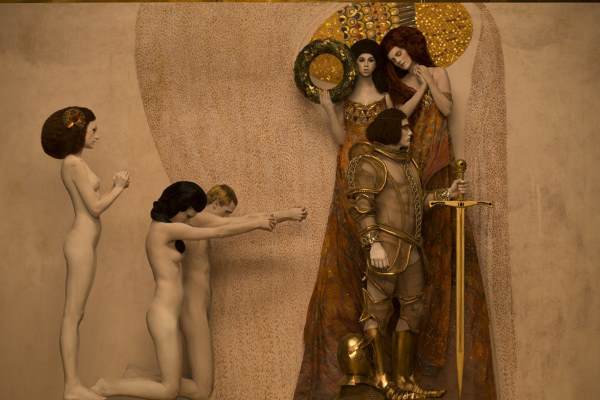Bits of the same prehistoric jewel have been found in Finland and Russia, demonstrating how close the ties between these two regions were
He is about to end up run over, his mother saves himIn an archaeological site it is normal for archaeologists to be faced with gods fragmented and broken objects: these are often finds that are centuries or even millennia old, which have had to withstand the passage of time, atmospheric phenomena and the destruction caused by humans. But what if some of these artifacts were not accidentally broken, but were broken on purpose, by the very people who created them?
A new archaeological study, conducted by researchers from the University of Helsinki, speculates that some of the objects found and dating back to prehistoric times were broken or broken as a sign of belonging and demonstration of a social bond, or on the occasion of ritual activities.
The researchers focused, in particular, on the ornaments found in the Lake Onega region (Russia) and in Finland - demonstrating the existence, in ancient times, of a wide network of exchange of goods and objects that symbolize the connections established between different peoples.
By combining fragments of jewelry found in different points of the European continent, in the regions indicated, it was discovered that pieces of the same object were found in two different places: for this reason, the researchers hypothesized that a given jewel must have been intentionally broken. , and its pieces given to people of different geographical origins. The X-ray analysis of the material collected in different archaeological sites, all dating back to the Stone Age, was fundamental to demonstrate the common origin of fragments found even hundreds of kilometers away from each other.
In light of these surprising findings, archaeologists have hypothesized that these small broken objects that belonged to different people could be a concrete symbol of a bond between peoples or communities even far from each other - not unlike modern "friendship bracelets", bought in pairs and worn by best friends or engaged couples.
But it could also be a way to maintain the connection between the living and the dead, in the event that the piece of jewel was found inside the funerary kit: in fact, pieces belonging to the same jewel were found in places used for burial and in archaeological sites of settlements and villages.
We were able to show that some of the ornaments or stone material used in them were transported to Finland through an extensive trading network, mainly from the Lake Onega region - says the teacher. Elisabeth Holmqvist-Sipilä of the University of Helsinki. - These factors indicate that the ornaments were produced in the Lake Onega region in different batches, most likely in different places and by different manufacturers.
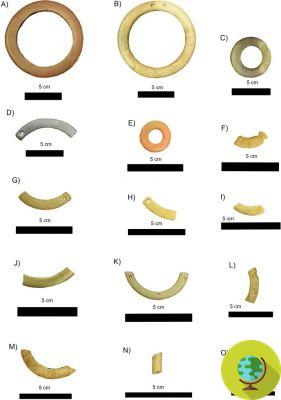
©Journal of Archaeological Method and Theory
Fonte: Journal of Archaeological Method and Theory
We also recommend:
- Archaeologists have just classified a new hominid species, rewriting our history
- The stone of Stonehenge is indestructible: the secret of the longevity of this incredible monument has been discovered






